👫 Opening the 8 Extraordinary Vessels
Have you heard the phrase, "Women are always right; men are left behind?"
It's something people use in school to remember how to open the Eight Extraordinary Vessels.
But where did this come from? And why do we do it that way?
Opening the Eight Extraordinary Vessels
If you were like me, the way you were taught to open the Eight Extraordinary Vessels in school probably went something like this:
- Women: first needle the master point (or confluent point) on the right side, then needle the coupled point on the left side
- Men: first needle the master point on the left side, then needle the coupled point on the right side
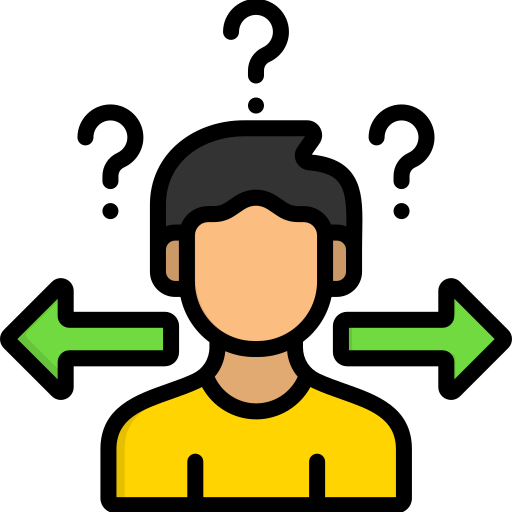
But why do we do it that way?
This was one of those things we would always ask about in school, but nobody ever seemed to have a good explanation.
Recently, somebody asked me that same question on Instagram, and I decided to finally look into it...

A Two-Part Problem...
So when this question comes up, I think there are actually two issues that people get confused about:
- Why do we needle unilaterally on opposite sides? After all, other point combinations like Four Gates (LV-3 + LI-4) are always needled bilaterally. So why is this different?
- Why right for women and left for men? Isn't that backwards? I mean, when you look at the pulse, isn't right yang and left yin?
Let's take a look at both of those issues...

Needling on Opposite Sides
So why do we needle the opening and coupled points unilaterally on opposite sides?
Well, the short answer is: because that's the way Maciocia likes to do it. And because he wrote it in a book, everyone started teaching it that way.
🤦♀️
It turns out that, even though the pathways and diseases of the Eight Extraordinary Vessels are well-described, not much is said about how to actually "open" them. The classics are a bit ambiguous, and modern textbooks often avoid the question.
For example, Deadman writes:
Each of the eight extraordinary channels has a confluent point on the limbs which is considered to have an effect on its extraordinary channel.
And CAM says:
Eight Confluent Points refer to the eight points on the limb where the main meridians communicate with the eight extra meridians... [They] are used to treat a variety of disorders of the corresponding eight extra meridians.
And that's pretty much all we get. There's nothing about needle technique, or even a mention of the "coupled" points to use as pairings.
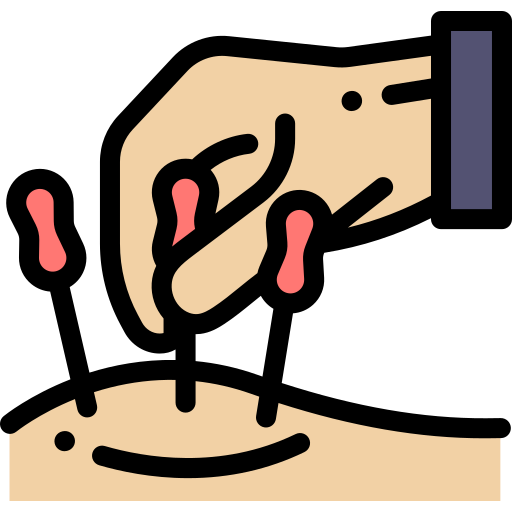
What Maciocia has to say...
In The Channels of Acupuncture, Maciocia decides to tackle the question. He says there are four possibilities for using opening and coupled points:
- Needle only the opening point bilaterally
- Needle both the opening point and the coupled point bilaterally
- Needle the opening point and the coupled point unilaterally and crossed over
- Needle the opening point and coupled point unilaterally on the same side
He then says that he personally uses the third and fourth technique, and primarily the third (pg 395).
He then makes the argument that opening and coupled points should be used together, like a lock that requires two keys (and he quotes several classics to support this view).
And finally he says that he prefers to needle according to sex: use the opening point on the left and the coupled point on the right for a man, and vice versa on a woman.
When we follow the footnote, it says:
I learned this particular use of paired points of the Extraordinary Vessels from Dr. J. D. Van Buren in the early 1970s. Dr. Van Buren, in turn, had learned it from a Korean teacher.
So that's the reason everybody does it that way: because that's the way Maciocia learned it from his teacher, who learned it from a Korean teacher.
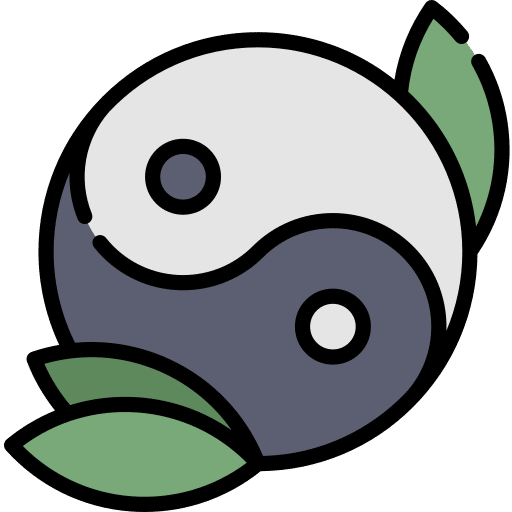
But why women on the left and men on the right?
So that explains the needling technique, but why do we use left and right for women and men? Shouldn't it be the other way around?
Well actually, no.
Many students, as they go through school, start to think the left is yin and right is yang. After all, that's what we learn with the pulse and Kidney yin and Kidney yang.
But if you go back to your fundamentals (like, chapter 1 of Maciocia's Foundations), it's actually the other way around.
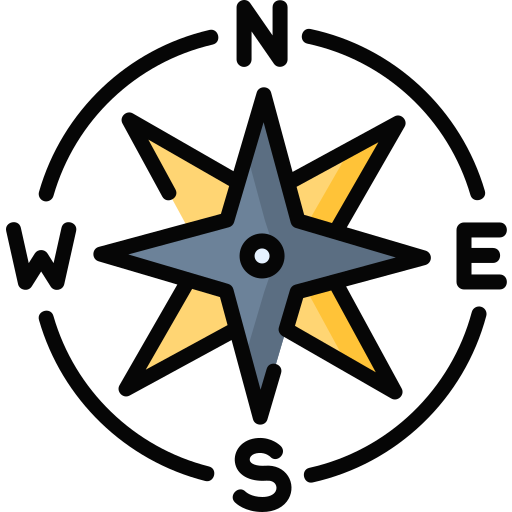
One way to explain this is that there is a saying in Chinese: the sage faces south.
(South was considered a more auspicious direction in Feng Shui, probably because there's more sunlight when you face that direction [when you're in the northern hemisphere]. The compass was actually invented in China, and they called it a "south-facing fish" because they thought the needle pointed south [which half of it did]. There's an interesting YouTube video about this on the Map Men channel: Why is North Up?)
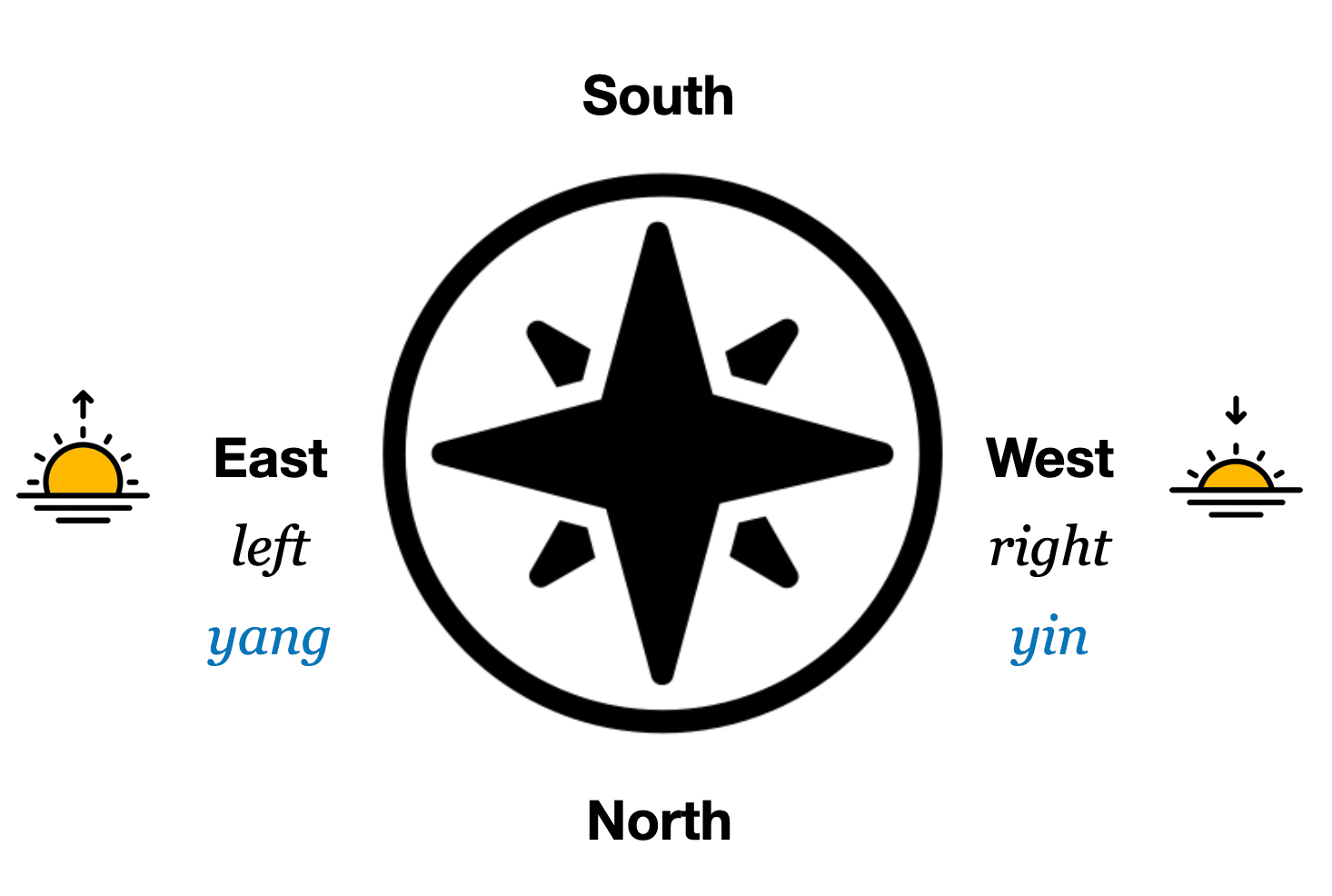
Anyway, if you're facing south, that means that east is on your left and west is on your right. The sun rises in the east (yang) and sets in the west (yin).
So if you're facing south, it would make sense that left is yang and right is yin.
And we see this come up in other things. For example, according to the Mai Jing, when determining the sex of a baby, a racing pulse on the right indicates a girl, whereas a racing pulse on the left indicates a boy.
So that's probably why Macioica did it that way.

In Conclusion...
Well, that turned out to be a lot longer than I thought it would be. Thanks for sticking with it...
But this was an interesting question that came up, and I did a video about it on the Patreon Q&A, and I thought it would be fun to write out something here.
What did you think? Are you surprised at the origins of this technique?
I sure was.
